VIN Scanners: Choosing the Right Tool for Vehicle Identification
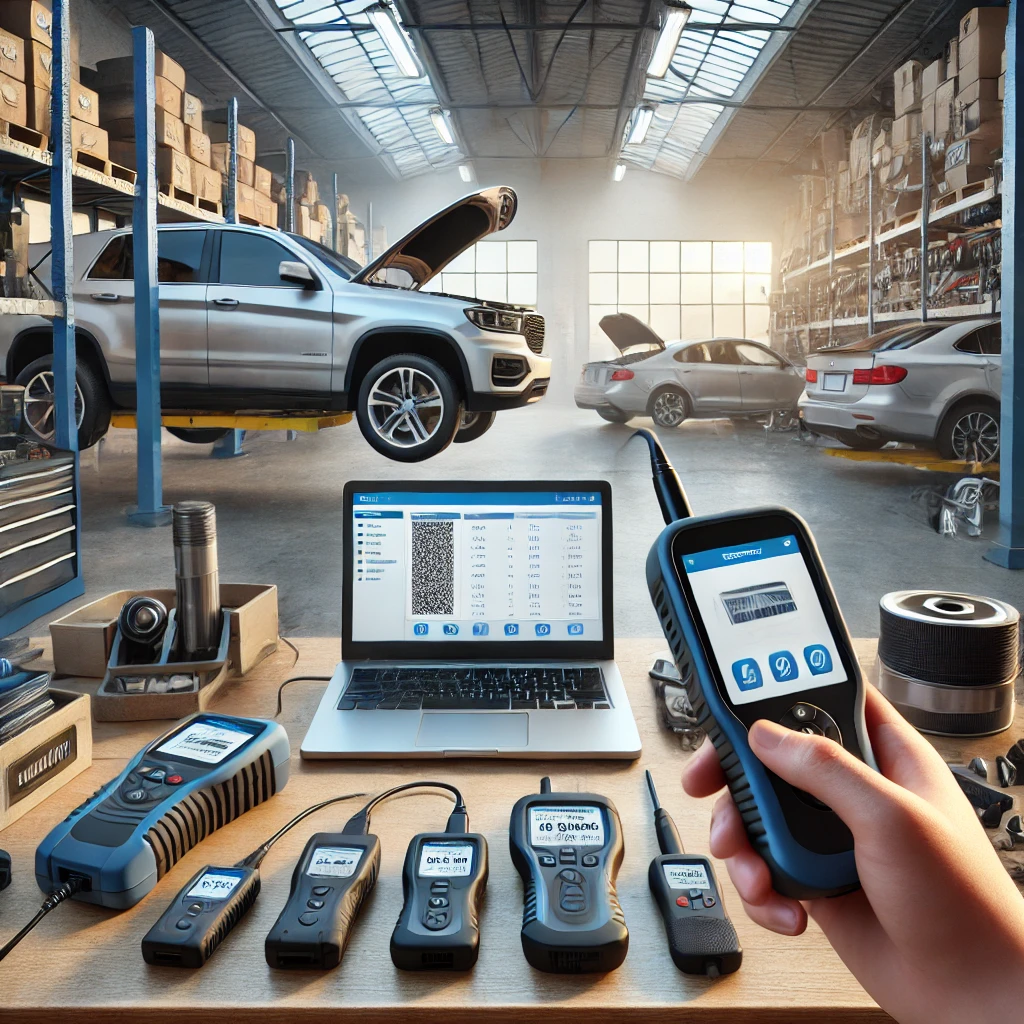
Understanding VIN Scanners
Before diving into the specifics of choosing a VIN scanner, let’s clarify what these devices are and why they’re essential in automotive logistics.
What is a VIN Scanner?
A VIN scanner is a device or software application designed to quickly and accurately read and decode Vehicle Identification Numbers. These tools can range from handheld devices to smartphone apps, each offering various features and levels of sophistication.
Why Use VIN Scanners in Logistics?
VIN scanners offer several advantages in automotive logistics and management:
- Speed: Dramatically faster than manual VIN entry, reducing processing time.
- Accuracy: Eliminates human error in VIN recording and transcription.
- Efficiency: Streamlines inventory management, vehicle check-in/out processes, and maintenance tracking.
- Data Integration: Many scanners can directly input data into management systems.
- Comprehensive Information: Advanced scanners can provide detailed vehicle specifications beyond just the VIN.
Types of VIN Scanners
1. Handheld Dedicated Scanners
- Description: Purpose-built devices for scanning VINs and barcodes.
- Pros: Durability, long battery life, often ruggedized for industrial use.
- Cons: Can be expensive, limited to scanning functionality.
2. Smartphone Apps
- Description: Applications that use a smartphone’s camera to scan and decode VINs.
- Pros: Cost-effective, easily accessible, frequent updates.
- Cons: Dependent on smartphone camera quality and lighting conditions.
3. Bluetooth Scanners
- Description: Compact scanners that connect to smartphones or tablets via Bluetooth.
- Pros: Portable, can work with various devices, often more accurate than smartphone cameras.
- Cons: Requires pairing, additional device to carry and charge.
4. PC-Connected Scanners
- Description: Scanners that connect directly to a computer via USB.
- Pros: Reliable, often faster data transfer, good for stationary workstations.
- Cons: Less mobile, requires a computer to operate.
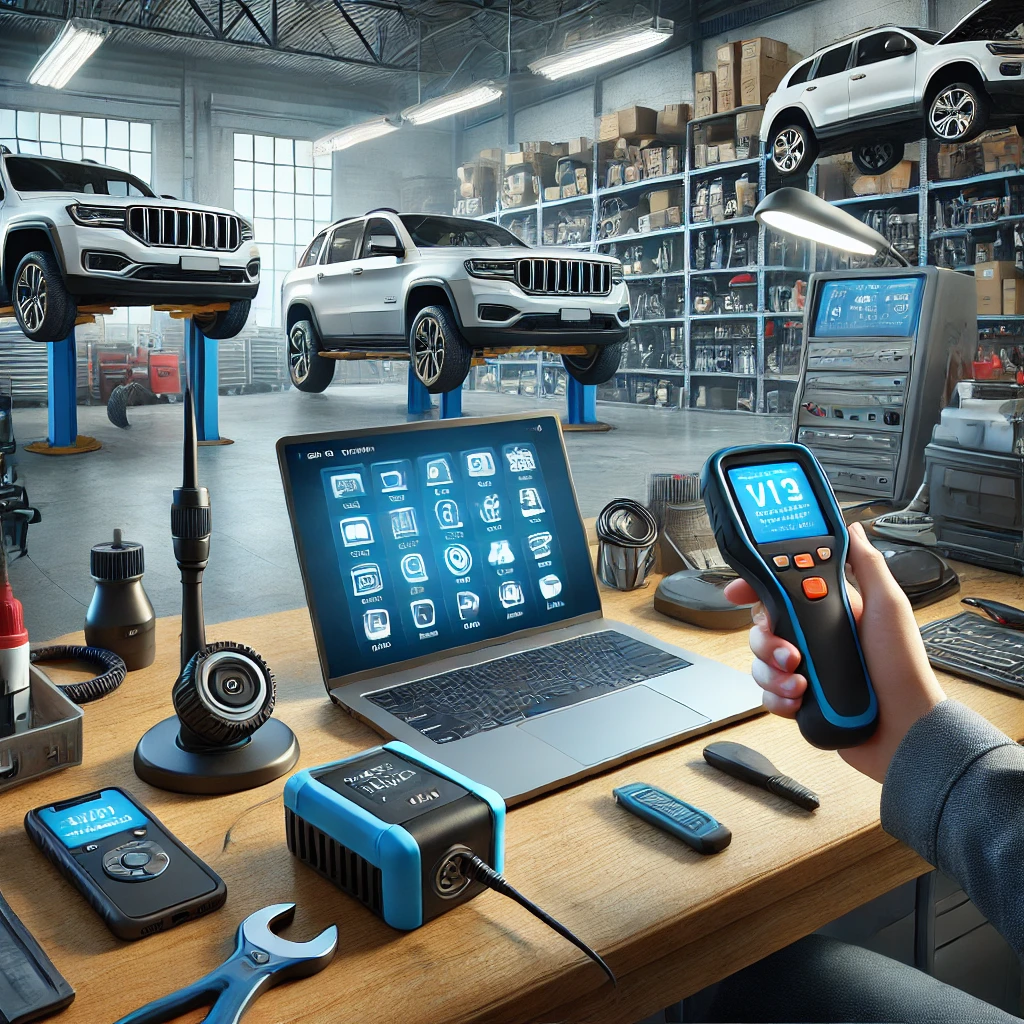
Key Features to Consider When Choosing a VIN Scanner
- Scanning Technology:
- 1D vs. 2D scanning capabilities
- Ability to scan from various surfaces (glass, metal, paper)
- Decoding Capabilities:
- Built-in VIN decoding vs. raw data output
- Comprehensiveness of vehicle information provided
- Connectivity:
- Wireless options (Bluetooth, Wi-Fi)
- Compatibility with existing systems
- Durability:
- Ruggedness for industrial environments
- Water and dust resistance ratings
- Battery Life:
- Duration of operation on a single charge
- Charging options and speed
- Software Integration:
- Compatibility with your logistics management software
- API availability for custom integrations
- User Interface:
- Ease of use and learning curve
- Display quality and size
- Support and Updates:
- Availability of technical support
- Frequency of software updates and database refreshes
Leveraging VIN Scanners with Linbis Logistics Software
Linbis’s state-of-the-art logistics software is designed to seamlessly integrate with various VIN scanners, offering a range of benefits:
- Real-Time Data Capture: Instantly record VIN data into our system, eliminating manual entry.
- Automated Vehicle Profiling: Create comprehensive vehicle profiles populated with scanner-derived data.
- Inventory Management: Streamline check-in/out processes and maintain accurate inventory counts.
- Maintenance Tracking: Automatically update maintenance records based on scanned vehicle information.
- Fleet Analysis: Generate insights on fleet composition and trends using aggregated VIN data.
- Error Reduction: Minimize data entry errors and improve overall data integrity.
- Customizable Workflows: Tailor scanner integration to fit your specific operational processes.
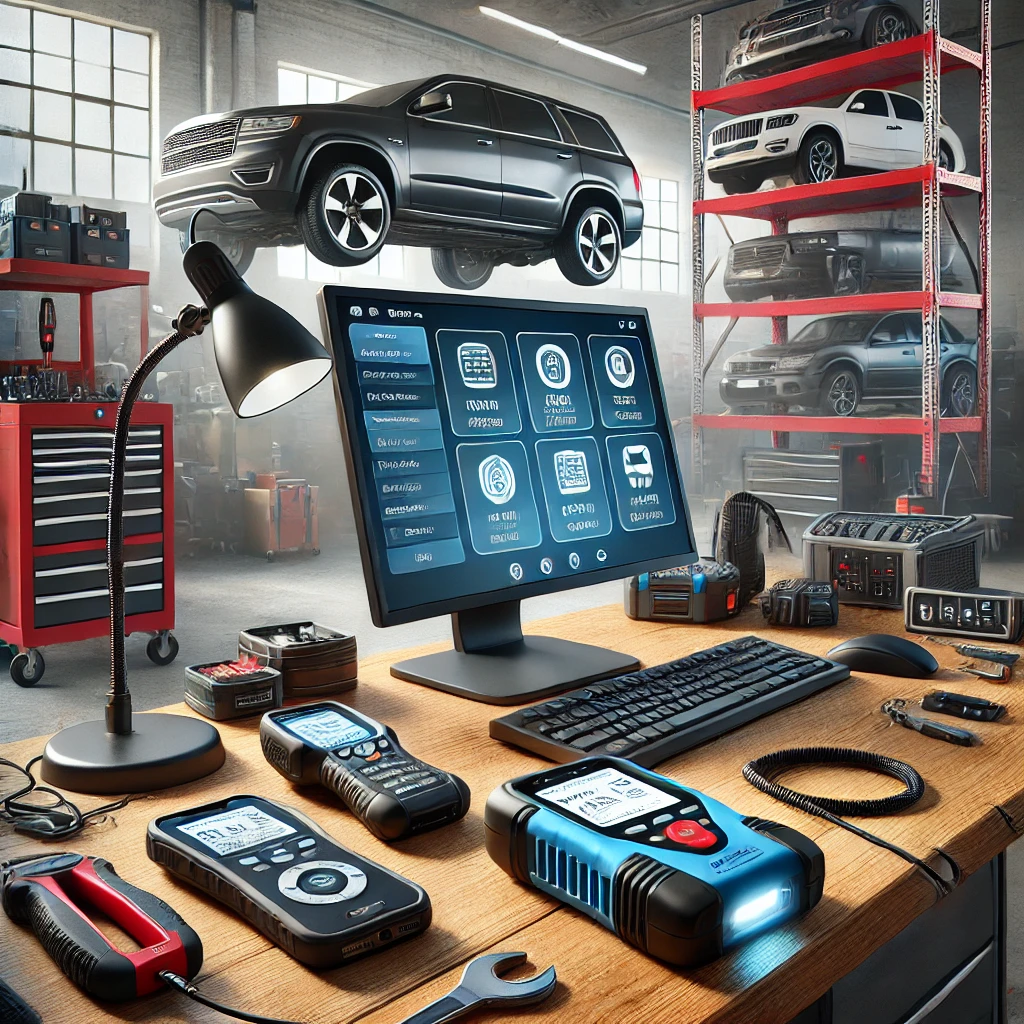
Best Practices for Implementing VIN Scanners in Logistics
To maximize the benefits of VIN scanners in your operations, consider these best practices:
- Staff Training: Ensure all relevant personnel are properly trained on scanner use and data interpretation.
- Regular Maintenance: Keep scanners clean and updated for optimal performance.
- Backup Systems: Have a backup plan (e.g., manual entry option) in case of scanner malfunction.
- Data Validation: Implement checks to verify scanned data accuracy, especially for critical operations.
- Process Integration: Fully integrate scanner use into your standard operating procedures.
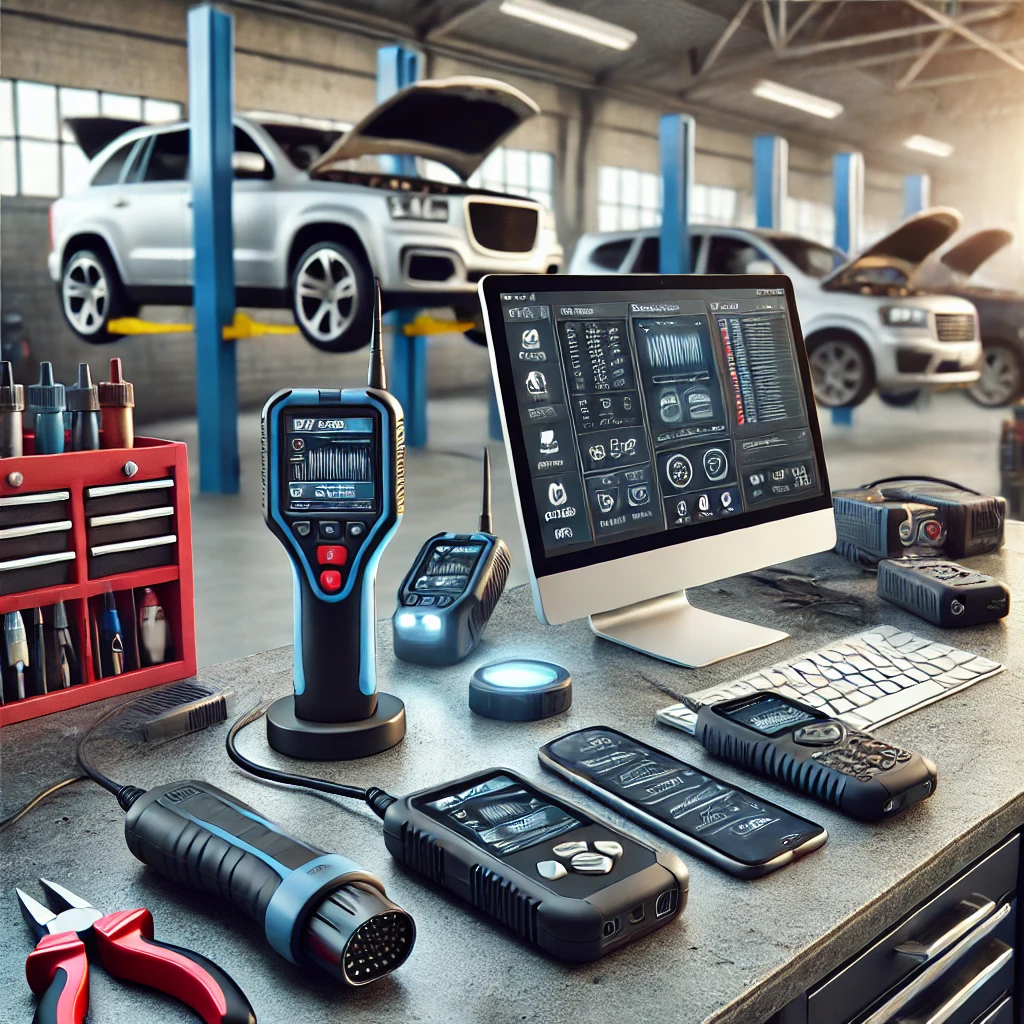
Challenges in VIN Scanner Implementation
While VIN scanners offer numerous benefits, there are potential challenges to consider:
- Initial Cost: High-quality scanners can represent a significant upfront investment.
- Technology Adoption: Some staff may resist changing from manual processes to scanner use.
- Compatibility Issues: Ensuring seamless integration with existing software systems can be complex.
- Data Security: Proper measures must be in place to protect scanned vehicle information.
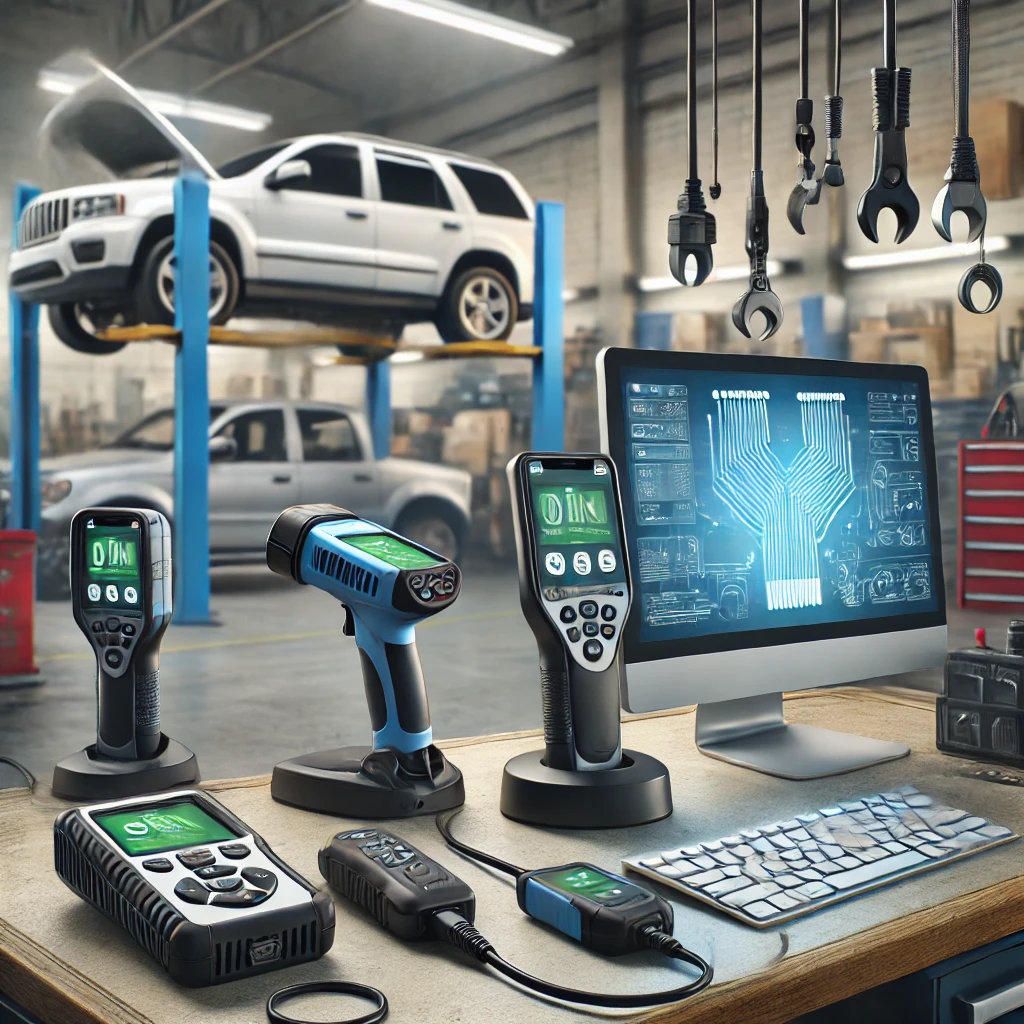
The Future of VIN Scanning in Logistics
As technology advances, we can expect to see developments in VIN scanning technology:
- AI-Enhanced Scanning: Machine learning could improve accuracy in difficult scanning conditions.
- Augmented Reality Integration: AR could overlay vehicle information in real-time as VINs are scanned.
- Predictive Analytics: Advanced systems could provide insights and recommendations based on scanned VIN data.
- Blockchain Integration: Scanned VIN data could be securely recorded and shared using blockchain technology.
Conclusion: Revolutionizing Vehicle Identification in Logistics
Choosing the right VIN scanner is a critical decision that can significantly impact the efficiency and accuracy of your automotive logistics operations. With Linbis’s advanced software, you can harness the full potential of VIN scanning technology, transforming raw data into actionable insights and streamlined processes.
By carefully selecting and implementing the appropriate VIN scanning solution, logistics professionals can stay ahead in an industry where speed, accuracy, and data integrity are crucial. Whether you’re managing a large fleet, operating a vehicle auction, or running a busy service center, the right VIN scanner integrated with powerful logistics software can be a game-changer.
Ready to elevate your vehicle identification processes and revolutionize your logistics operations? Discover how Linbis can help you integrate cutting-edge VIN scanning technology into your workflow. Contact us today for a personalized demonstration and take the first step towards a more efficient, data-driven automotive logistics future.
